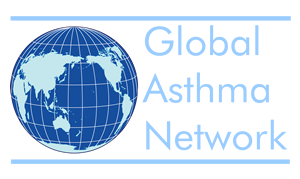

The following Steps are recommended for the translations of questionnaires
Comment
The translation of questionnaires is a key issue for the validity of comparisons involving non-English speaking countries. It is recognised however, that the Steps 2(c) and 2(d) may be too costly for some countries or centres and that those countries or centres may decide to leave them out. The translated questionnaires must have the same structure and logic as the original. In addition, we draw the attention to the need that the translations must be understood by the children and parents. Thus, the translations should apply the language which is used by the children and parents themselves and experience from Germany shows that it may well differ from the terminology of medical professionals134.
NOTE
The language used, should be pre-coded onto the questionnaire prior to printing the questionnaires. Most languages have been listed in section 20.3 of this Manual and coded. Please use the codes provided. If your language is not listed, please contact the GAN Global Centre for a code number to be issued (contact details section 21).
An example of how these codes can be inserted into the questionnaire is shown in section 20 as well as more details on the use of the ‘office use only’ boxes.
Note: This manual has been updated as of 10 September 2015. If you visited or downloaded the manual before this date, please replace it with this latest version.
Note: If the pdf opens in an internet browser rather than with Adobe Acrobat Reader, in some browsers some of the formatting may not display correctly - for example the boxes in section 20.1 may not show up. If you have difficulty viewing the pdf document in your browser, please right click the link above and choose "save link as" from the list of options. This will allow you to save the pdf to your computer and open it using Adobe Acrobat Reader.
Our network has been targeted by an email scam. If you receive any unusual requests for assistance from any of the steering group members, please ignore it.
These emails are a common scam that has also targeted many other organisations. Please note we will never make any request for financial assistance from our collaborators. If you have any questions please contact us at info@globalasthmanetwork.org